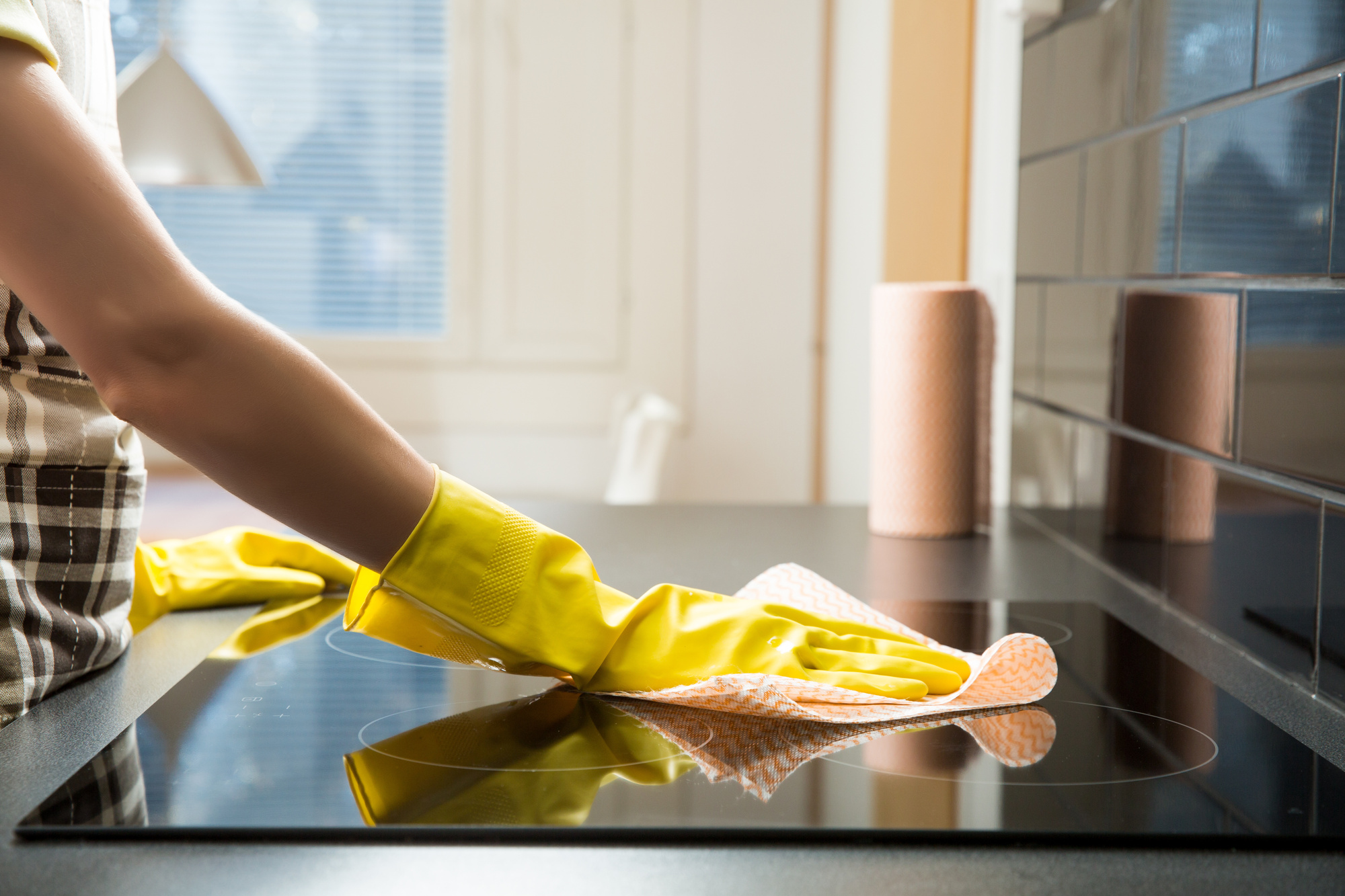Volcanic Ash Cleanup: Safety Tips, Health Risks & Removal
Imagine waking up to a world transformed. Not by snow, but by a thick, gray blanket of volcanic ash. The air is heavy, visibility is low, and the silence is punctuated only by the soft crunch of ash underfoot. Your home, your car, your entire neighborhood is coated in this abrasive, potentially hazardous substance. The immediate concern shifts from the awe of nature's power to the practical task of restoring normalcy – and, more importantly, ensuring your safety. This guide provides you with the essential knowledge to navigate the challenging process of volcanic ash cleanup safety.
Assessing the Situation and Prioritizing Safety
Before you even consider touching the ash, a thorough assessment of the situation is crucial. This includes evaluating the depth of the ashfall, identifying potential structural damage to your home (especially roofs), and understanding any immediate health risks. Remember, safety is paramount. Stay indoors as much as possible, especially if ashfall is ongoing or if the wind is strong. Tune into local news and official channels for updates and instructions from emergency management agencies. They may provide evacuation orders or specific guidelines relevant to your location.
- Check for Structural Damage: Look for sagging roofs, cracked windows, or any other signs of stress on your home. Heavy ash accumulation can be surprisingly weighty.
- Monitor Air Quality: Pay attention to any warnings about air quality and follow recommendations from health authorities.
- Protect Your Pets: Keep pets indoors and provide them with fresh water and food. Volcanic ash health effects extend to animals as well.
- Inform Neighbors: Check on elderly or vulnerable neighbors who may need assistance.
Protecting Yourself During Cleanup
Volcanic ash is more than just a nuisance; it's a health hazard. The fine particles can irritate your eyes, skin, and respiratory system. Prolonged exposure can lead to more serious conditions, especially for individuals with pre-existing respiratory problems. Therefore, proper personal protective equipment (PPE) is essential.
- Respiratory Protection Ash: Wear a well-fitting N95 or P100 respirator mask to filter out the fine ash particles. Surgical masks are not effective. According to a 2024 study by the USGS, N95 respirators can reduce ash inhalation by up to 95%.
- Eye Protection: Goggles or safety glasses will prevent ash from irritating your eyes.
- Skin Protection: Wear long sleeves, long pants, and gloves to minimize skin exposure.
- Foot Protection: Wear sturdy shoes or boots to avoid cuts and abrasions.
Effective Ash Removal Techniques
Now that you're properly protected, you can begin the cleanup process. The best approach depends on the amount of ash and the surfaces you're cleaning. Remember to work slowly and methodically to avoid creating more dust.
Cleaning Roofs
Removing ash from roofs is a critical step, especially on flat or low-sloped roofs that can accumulate significant weight. However, this task can be dangerous and should only be undertaken if you're comfortable working at heights and have the necessary safety equipment. If you're not, hire a professional.
- Use a soft broom or brush to gently sweep the ash off the roof. Avoid using a shovel, as it can damage the roofing material.
- If possible, use a garden hose with a low-pressure nozzle to wash the ash away. Be careful not to saturate the roof, as this can add even more weight.
- Work in sections, starting from the highest point and working your way down.
- Be extremely cautious of slippery surfaces.
Clearing Gutters and Downspouts
Clogged gutters and downspouts can cause water to back up and damage your home. Cleaning them regularly is essential, especially after ashfall removal techniques are applied to the roof.
- Use a ladder to access the gutters safely.
- Remove any large debris by hand.
- Flush the gutters and downspouts with water to remove any remaining ash.
- Ensure that the downspouts are clear of any obstructions.
Cleaning Exterior Surfaces
Walls, windows, and other exterior surfaces can be cleaned with a hose and a soft brush. Avoid using high-pressure washers, as they can damage the surfaces and create more dust.
- Rinse the surfaces with water to loosen the ash.
- Use a soft brush and a mild detergent to scrub the surfaces gently.
- Rinse the surfaces thoroughly with water.
- Allow the surfaces to air dry.
Interior Cleanup After Volcano: A Room-by-Room Approach
Home cleanup after volcano ashfall requires a meticulous approach to prevent spreading the ash and minimizing health risks within your living space. Dust control is paramount. Keep windows and doors closed during the initial cleaning stages.
Dusting and Vacuuming
The primary goal is to remove ash without stirring it up into the air.
- Wet Dusting: Use damp cloths or mops to wipe down surfaces. Dry dusting will only redistribute the ash.
- HEPA Filter Vacuum: Use a vacuum cleaner equipped with a HEPA filter to capture the fine ash particles. Empty the vacuum bag or canister frequently and carefully, wearing your respirator.
- Upholstery and Carpets: Vacuum upholstery and carpets thoroughly. Consider professional cleaning for heavily soiled items.
Cleaning Fabrics and Clothing
Ash can be abrasive and damaging to fabrics.
- Shake it Off: Before washing, shake clothing and fabrics outdoors to remove as much loose ash as possible.
- Wash Separately: Wash ash-covered items separately from other laundry.
- Cold Water: Use cold water to prevent the ash from setting into the fabric.
- Extra Rinse: Add an extra rinse cycle to ensure all the ash is removed.
Protecting Your Water Supply from Ashfall
Protecting water supply ashfall is crucial, especially if you rely on rainwater harvesting or well water. Volcanic ash can contaminate water sources with harmful chemicals and bacteria.
- Disconnect Rainwater Harvesting Systems: Disconnect your rainwater harvesting system until the ashfall has completely stopped and the roof has been thoroughly cleaned.
- Cover Water Tanks: Cover any exposed water tanks or reservoirs to prevent ash from entering.
- Test Your Water: If you suspect that your water supply has been contaminated, have it tested by a certified laboratory.
- Use Bottled Water: If your water supply is contaminated, use bottled water for drinking, cooking, and brushing your teeth.
Cleaning Volcanic Ash from Car
Cleaning volcanic ash from car requires a gentle approach to avoid scratching the paint. The abrasive nature of the ash can easily damage the finish.
- Rinse Thoroughly: Use a hose with a low-pressure nozzle to rinse the car thoroughly, starting from the top and working your way down.
- Wash with Car Soap: Wash the car with a mild car soap and a soft sponge or wash mitt.
- Rinse Again: Rinse the car thoroughly to remove all traces of soap and ash.
- Dry Carefully: Dry the car with a clean, soft microfiber towel.
- Change Air Filters: Replace the engine air filter and the cabin air filter to prevent ash from circulating through the car's ventilation system.
Ash Disposal Guidelines
Proper ash disposal guidelines are essential to prevent further contamination and environmental damage. Do not simply sweep the ash into the street or storm drains.
- Contact Your Local Authorities: Check with your local authorities for specific disposal instructions. They may have designated collection sites or provide guidance on how to dispose of the ash safely.
- Bag the Ash: Bag the ash in heavy-duty plastic bags and seal them tightly.
- Dispose of Properly: Dispose of the bags at a designated collection site or according to your local authorities' instructions.
- Consider its Use: Depending on its composition, volcanic ash can sometimes be used as a soil amendment or in certain construction applications. Check with local experts.
Understanding Volcanic Ash Hazards and Long-Term Effects
The volcanic ash hazards extend beyond the immediate cleanup phase. Understanding the long term effects of volcanic ash is crucial for protecting your health and property in the long run.
Here is a summary of the potential long-term effects of volcanic ash:
| Hazard | Description | Long-Term Effects |
|---|---|---|
| Respiratory Problems | Inhalation of fine ash particles | Increased risk of asthma, bronchitis, and other respiratory illnesses. Studies have shown a correlation between heavy ashfall and increased hospital admissions for respiratory ailments. |
| Eye Irritation | Contact with ash particles | Chronic eye irritation, corneal abrasions, and increased sensitivity to light. |
| Skin Irritation | Contact with ash particles | Dryness, itching, and skin rashes. |
| Water Contamination | Leaching of chemicals from ash into water sources | Long-term contamination of water supplies, requiring ongoing monitoring and treatment. |
| Structural Damage | Weight of ash on roofs and buildings | Long-term structural weakening, requiring costly repairs or replacement. |
| Agricultural Impacts | Ash deposition on crops and soil | Reduced crop yields, soil contamination, and long-term damage to agricultural land. Statistics show that heavy ashfall can reduce crop yields by as much as 50% in the affected areas. |
Troubleshooting
- Persistent Respiratory Irritation: If you experience persistent coughing, wheezing, or shortness of breath, consult a doctor.
- Difficulty Removing Ash from Surfaces: For stubborn ash deposits, try using a specialized cleaning solution designed for removing mineral deposits.
- Clogged Drains: If your drains are clogged with ash, use a drain snake or call a plumber. Avoid using chemical drain cleaners, as they can damage your pipes.
FAQ
- How long will the ash stay in the air? The duration depends on weather conditions and the intensity of the eruption. Stay informed through local news.
- Can I use a leaf blower to remove ash? It's generally not recommended, as it can stir up more dust. However, if you must use one, wear a respirator and wet down the area first.
- Is volcanic ash fertilizer? While it contains some minerals, it can also be harmful to plants in high concentrations. Consult with a gardening expert before using it as fertilizer.
- How do I protect my electronics? Cover electronics with plastic sheeting or move them to a dust-free environment.
Cleaning up after volcanic ashfall is a challenging but necessary task. By following these guidelines and prioritizing safety, you can protect your health and property and begin the process of recovery. Share your experiences and questions in the comments below, and let's help each other navigate this difficult situation.


